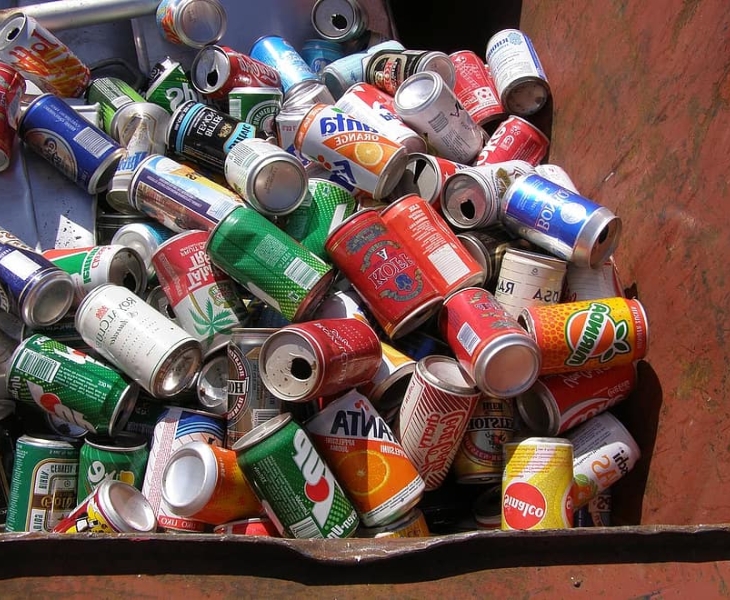We’ve all seen empty soda, soup, or food cans lying around our homes, workplaces, and schools that we don’t know what to do with. Before you throw them away, keep in mind that they are easily recyclable! Recycling tin cans can help reduce household waste in Australia, which is estimated at 12.4 million tonnes per year.
Every year, Australians use over 3 billion cans. The average Australian sends 3.5kg of cans to landfill each year. That is enough to make 40,000 refrigerators. 51 percent of them are soft drink cans, while 31 percent are alcoholic beverage cans. Moreover, in Australia over 94 percent of households have access to recycling facilities; however, only 56 percent of cans are returned for recycling.
Tin cans are not only useful for storing and preserving food but can also be recycled and reused. Unfortunately, incorrectly disposing of cans can contaminate entire batches of other recyclable materials. Understanding what you can and cannot recycle is essential for helping the environment and reducing waste in landfills.
Are you ready to start recycling cans?
Here are some tips to make sure you're recycling them correctly:
1. The first tip for recycling food cans is to determine whether or not the container is recyclable. Just because something appears to be suitable for recycling does not imply that it is. Most cans, including aluminium cans, are 100% recyclable; however, if you have any doubts, scan the can for the recycling symbol to determine if it is easily recyclable.
2. The golden rule of recycling tin cans is to first clean them. It doesn’t need to be sterile; simply empty the can and rinse it with water to ensure no scraps or material remain inside. If the cans are not rinsed properly, the leftover food or liquid can contaminate other recyclable materials.
3. Can lids are also recyclable. Remove the lid completely and rinse it to ensure that everything is recycled. Place the lids inside the tin can, then squeeze or crush the top to keep them from falling out. As smaller items are more likely to get misplaced during the recycling process. Keep in mind that tin can lids are extremely sharp and should be stored carefully and securely.
4. It is a common misconception that aerosol cans cannot be recycled. In fact, aerosols are one of the easiest cans to recycle, but only 35 percent are currently recycled in yellow bins. Aerosol cans typically have recyclable plastic caps that need to be recycled alongside other plastic recyclables. Make sure to clean the aerosol cans before recycling them. If your aerosol can is not empty or contains hazardous material, it should be disposed of through your local council’s hazardous waste disposal program.
5. If you have recently completed a painting project and are wondering how to properly dispose of your paint cans, there are a few options. Properly disposing of paint cans has numerous benefits, including helping to keep our waterways clean, diverting waste from landfills, and increasing resource recovery. Before recycling paint cans, make sure the paint is completely dry or rinsed out. To avoid contamination, soak and dry the paint in a porous substance (such as newspaper, kitty litter, or concrete mix) before disposing of it. Take any leftover paint or hazardous waste to a nearby drop-off location.
6. Return and Earn is a container deposit scheme that has been implemented in New South Wales. There are a number of machines throughout the state where you can receive 10 cents for disposing of a relevant container under this scheme. To help you work out what can and can’t be returned, use a quick container checker or search the container database. Remember, even if a can isn’t eligible for a Return and Earn refund, it can still be recycled through your household recycling collection.
7. If you do not wish to send your tin cans to the kerbside for recycling, you can use your imagination to upcycle them into something new! There are numerous ways to get creative with your leftover cans ranging from flower pots and pen holders to utensil holders to watering cans.

